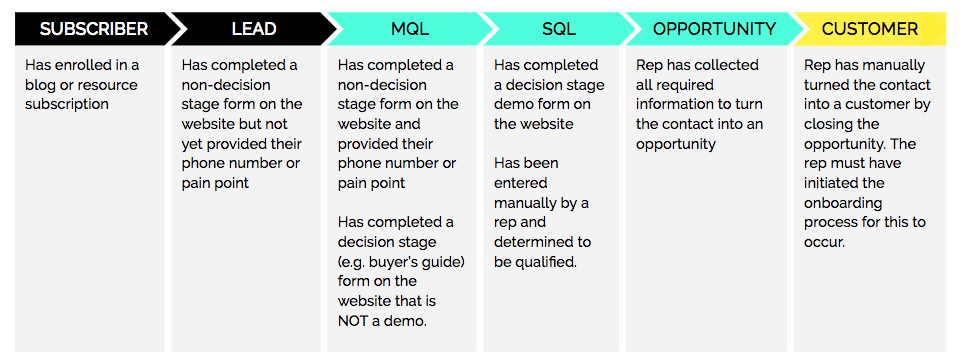Most marketers believe in offering a free demo or trial of our products to customers.
This is so users who have experienced some meaningful value using the products or services can be placed as Product Qualified Leads, aka PQLs in the lead bucket.
PQLs have more potential to become a customer than other leads. Reaching out to a PQL is easy because they have already experienced your product.
PQLs keep salespeople focused on getting the prospects right to the product. PQLs are developed using a try-before-you-buy approach allowing potential customers to try the product before talking to a salesperson.
How can a PQL work for your business?
PQLs, when used strategically, can bring a competitive advantage to your organization. If you can define your PQLs correctly, you can easily align your marketing and sales team, close a high percentage of users, and better understand what prevents your users from making a successful purchase of your product.
As prospects are utilizing your products or applications, they also demonstrate their buying intent for the product that is reflected through behaviors such as the number of users, product interests, spending patterns, usage patterns, adaption to your product, and so on.
A good history of product data at your fingertips will help you look into the behavior of the users and find out if they are willing to become paying customers.
Difference between PQL, MQL, and SQL
PQLs carry the potential of conversion better than other leads. MQLs (Marketing-Qualified Leads) are identified on the basis of buying intent on factors such as white paper downloads, email opens, and webpage visits.
PQL is relatively a new concept of filling the top layer of the sales funnel. Marketing qualified Leads (MQL) and sales-qualified leads (SQL) preceded PQL, and they were created for the marketing and sales team to determine if the leads they were dealing with had some potential to qualify.
An MQL is a contact ready to be pitched for sales, however, it is still not ready for direct and personal attention from the salesperson. An SQL, on the other hand, is the next step where the lead is ready for direct sales follow-up, and salesperson must immediately get in touch with the lead.
You can better understand MQL and SQL when you take a look at a general customer cycle. Check the following image.

*image source: SmartBug Media
You must establish a strong partnership between your sales and marketing team to make MQL and SQL work for your organization. Every incumbent of the sales process should understand what MQL and SQL are.
What is MQL & SQL?
MQL: An MQL is a person designated by the marketing team, who is more likely to become a customer than any other leads.
SQL: An SQL is a prospective customer who is ready to talk to the sales team to understand more about the product or service. The lead is qualified because he has probably expressed enough interest in the product or service.
The primary difference between an MQL and SQL is the intent to buy. For marketing and sales teams, knowing the difference between these leads is important to determine what kind of lead nurturing process the lead will go through. No marketer or salesperson would like to serve content to a lead that is not relevant to its buyer’s journey. Furthermore, an MQL is not ready to talk to the sales team and so, it makes no sense in sending them to a salesperson prematurely as they might completely turn down your product.
Thus, understanding the difference between various leads will save the time of the sales reps. The saved time can be spent on selling products to the interested leads waiting in the sales funnel.
So, a lead starts from being an MQL, gradually moves to SQL, and finally to PQL. The lead will become a customer only when it has undergone a smooth transition from one phase to another.
Why is Categorizing a Lead Crucial?
Marketing teams are responsible to build and bring leads for your organization and these leads are passed on to the sales team to be nurtured further. Identifying these leads helps salespersons to determine the right way to deal with these leads and bring them to close the deal.
Categorizing your leads through MQL, SQL, and PQL can help you determine how ready a lead is to become a customer. If you haven’t yet started using this system, do it now, as it will maximize your sales conversions to increase your revenue.
Read More: Conversational AI and CRM: Combining Strengths to Improve Sales in the Auto Industry





















